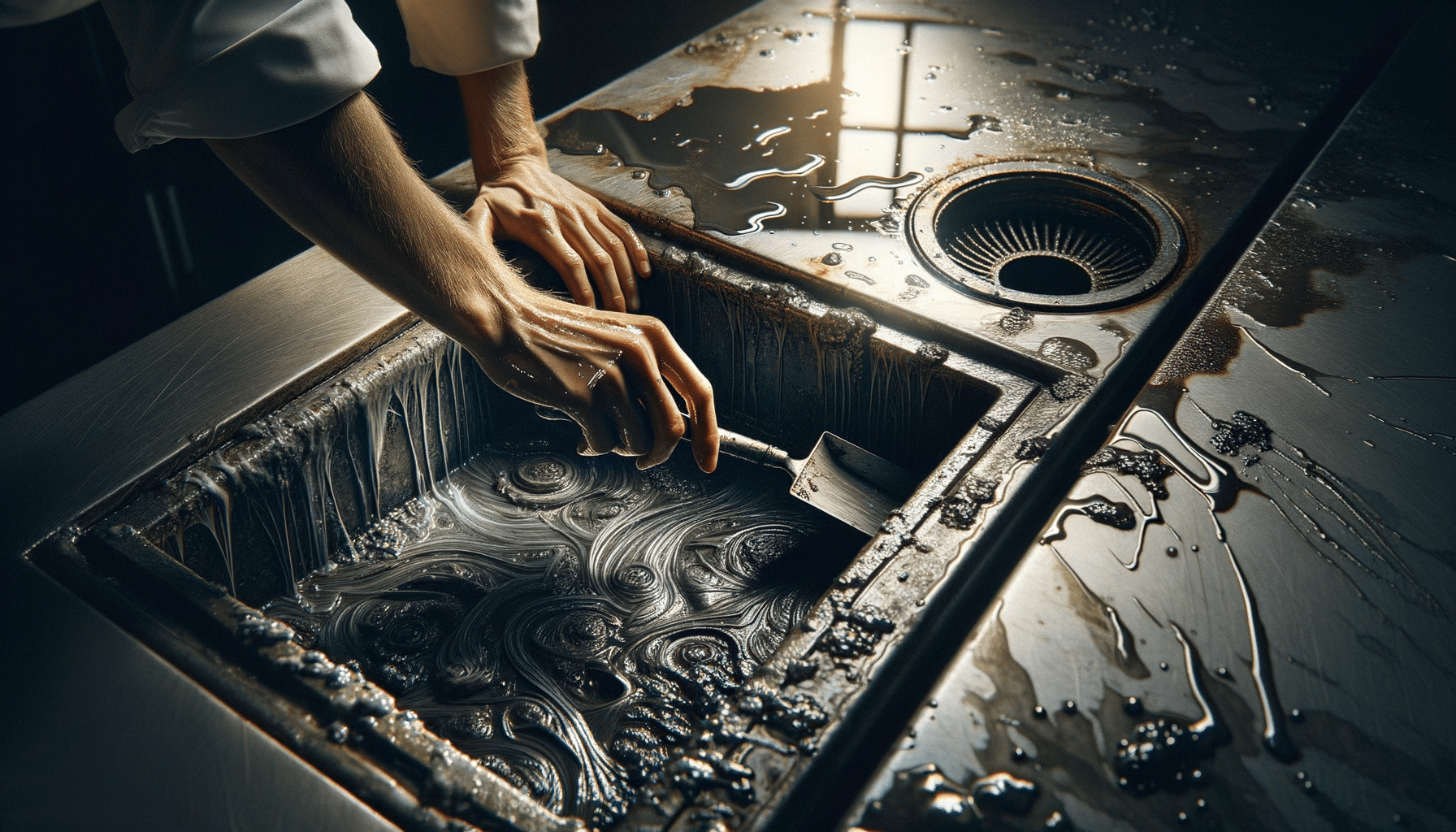
The Complete Guide to Carpet Installation
Introduction to Carpet Installation
Carpet installation is a crucial aspect of home improvement that can dramatically enhance the aesthetic appeal and comfort of your living space. Whether you’re renovating your home or outfitting a new build, understanding the intricacies of carpet installation can aid in making informed decisions. This guide provides a comprehensive overview of carpet installation, from selecting the right materials to understanding the installation process. By the end of this article, you’ll be equipped with the knowledge to ensure a smooth and successful carpet installation.
Choosing the Right Carpet
Selecting the appropriate carpet for your home involves considering various factors such as texture, color, material, and durability. Each type of carpet has unique characteristics that can affect its performance and appearance. For instance, wool carpets are renowned for their softness and natural fibers, making them a popular choice for those who prioritize comfort and eco-friendliness. On the other hand, synthetic carpets, such as nylon and polyester, offer exceptional stain resistance and are often more budget-friendly.
When choosing a carpet, it’s also essential to consider the room’s function. High-traffic areas like hallways and living rooms may benefit from more durable options, while bedrooms can prioritize comfort and luxury. Additionally, the carpet’s color and pattern should complement the existing decor and furniture. Neutral tones are versatile and timeless, while bold patterns can make a statement and add character to the space.
- Consider the carpet’s material and durability.
- Match the carpet’s color and pattern with the room’s decor.
- Prioritize comfort in low-traffic areas.
Preparing for Carpet Installation
Proper preparation is vital for a successful carpet installation. Before the installation begins, the room should be cleared of furniture and any existing flooring. This step ensures that the new carpet can be laid down smoothly without any obstructions. Additionally, it’s essential to inspect the subfloor for any damage or irregularities. A clean and level subfloor is crucial for the carpet to lay flat and adhere properly.
Another important consideration is acclimating the carpet to the room’s environment. Allowing the carpet to sit in the room for at least 24 hours before installation helps it adjust to the temperature and humidity, reducing the likelihood of expansion or contraction post-installation. During this preparation phase, it’s also an excellent opportunity to address any potential soundproofing or insulation needs, as carpets can significantly impact a room’s acoustics.
- Clear the room of furniture and existing flooring.
- Inspect and prepare the subfloor.
- Acclimate the carpet to the room’s environment.
The Carpet Installation Process
The carpet installation process involves several key steps, each contributing to the overall quality and appearance of the finished product. Initially, the carpet is measured and cut to fit the room’s dimensions precisely. This step requires careful attention to detail to ensure that seams are minimized and the carpet fits snugly against walls and corners.
Following the cutting, the carpet is stretched and secured in place using tack strips along the perimeter of the room. This technique ensures that the carpet is taut and wrinkle-free. Professional installers often use specialized tools such as knee kickers and power stretchers to achieve a perfect fit. Once the carpet is installed, the edges are trimmed, and any excess material is removed.
It’s important to note that DIY carpet installation can be challenging and may not yield the same results as professional services. Hiring experienced installers can save time and reduce the risk of errors, ensuring a flawless finish.
- Measure and cut the carpet to fit the room.
- Use tack strips and stretching tools for a tight fit.
- Consider professional installation for optimal results.
Maintaining Your New Carpet
Once your carpet is installed, proper maintenance is key to preserving its appearance and extending its lifespan. Regular vacuuming is essential to remove dirt and debris that can wear down the carpet fibers. High-traffic areas may require more frequent cleaning to prevent matting and maintain a fresh look.
In addition to routine cleaning, it’s important to address spills and stains promptly. Blotting the affected area with a clean cloth and using a mild carpet cleaner can prevent permanent damage. For stubborn stains, consulting a professional carpet cleaner may be necessary.
Periodic deep cleaning can also rejuvenate your carpet and remove embedded dirt. Steam cleaning is a popular method that uses hot water extraction to lift dirt and refresh the fibers. By maintaining your carpet properly, you can enjoy its beauty and comfort for years to come.
- Vacuum regularly to prevent dirt buildup.
- Address spills and stains promptly.
- Consider periodic professional deep cleaning.
Conclusion: Enhancing Your Home with Carpet Installation
Carpet installation is a worthwhile investment that can transform your home’s ambiance and comfort. By understanding the selection, preparation, and installation processes, you can make informed decisions that enhance your living space. Whether you choose to tackle the installation yourself or enlist the help of professionals, the result will be a cozy, inviting environment that reflects your personal style. With proper maintenance, your carpet will continue to provide warmth and beauty for many years, making it a valuable addition to any home.


